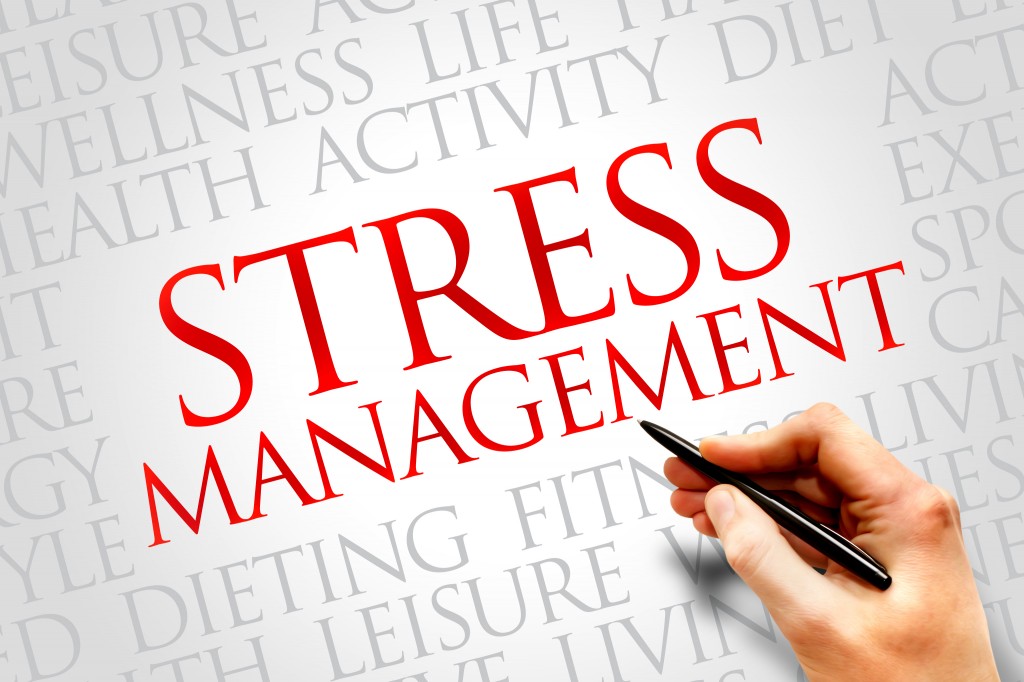Successful Stress Management Techniques

Beth J Shaw author of YOGAFIT Stress Management means basically, learning how to manage stress, by witnessing it, and releasing it. Stress management, is simply, a daily process to let go of tension stored in the body and mind. Without this letting go process, we become candidates for ulcers, heart attacks, migraines and premature aging. All known […]
How to Meditate On the Go

How to Meditate On the Go It’s a common misconception that meditation can only be done in one way, and in one specific type of place. You might think that in order to meditate properly you need to be in complete solitude or total silence or somewhere in the natural world. The truth is, there […]
7 Ways of Using Essential Oils for Weight Management

7 Ways of Using Essential Oils for Weight Management Essential oils have myriad health and mood benefits, some more familiar than others. Most of us have heard of the calming effects of lavender and the invigorating effects of peppermint, but we seldom consider the fantastic support these and many other essential oils can add to […]
